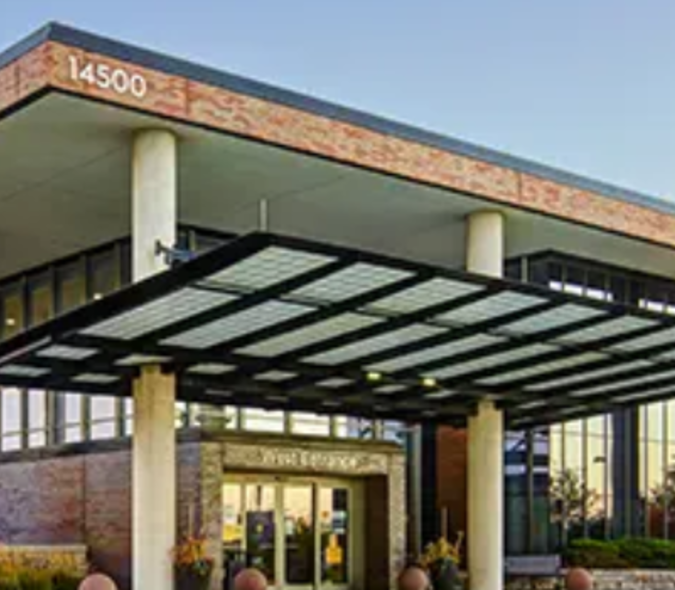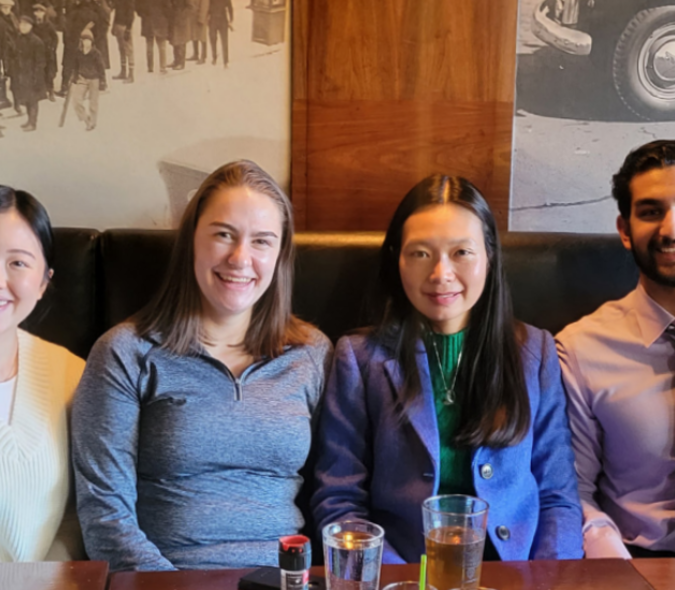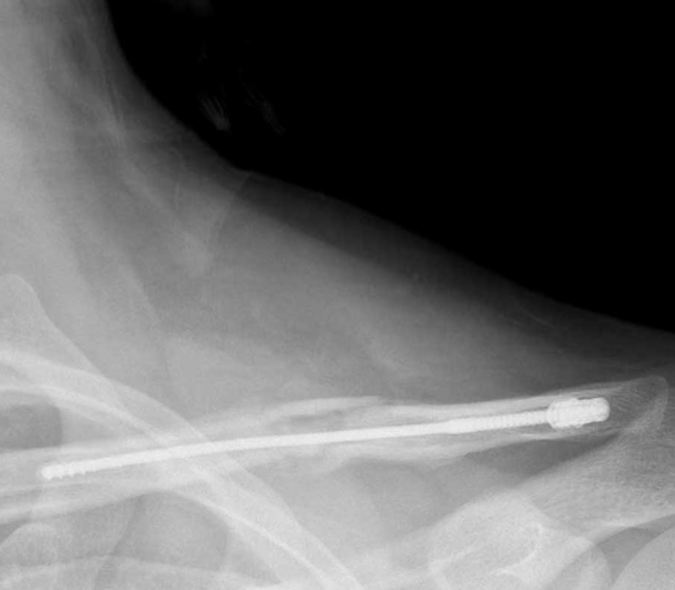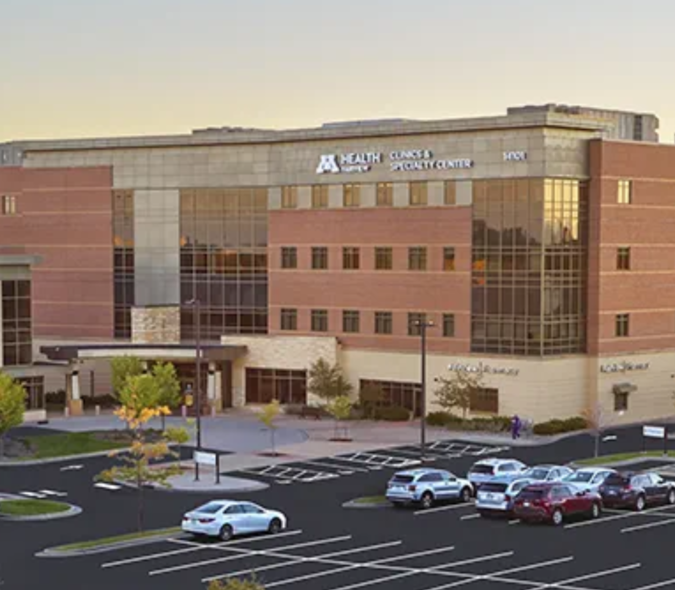
Interdisciplinary Innovation Brings 3D/Virtual Reality Training to Orthopedic Residents
In orthopedic surgery residency, practice makes perfect. Trainees learn how to perform procedures through a combination of in-person training with faculty, practicing on cadavers and exploring anatomy in a simulated environment using sawbones or orthopedic models. Some elective procedures and clinics have been limited during the COVID-19 pandemic, as have simulation environments, and as a result, medical students, residents and fellows have less time in the operating room.
“As we made adjustments to our residency program in response to the COVID-19 pandemic, our goal was to continue to train our learners via a robust curriculum,” explained Assistant Residency Program Director Alicia Harrison, MD, an assistant professor in the University of Minnesota Medical School’s Department of Orthopedic Surgery. “Simulation has been a focus of our program for quite some time, but we have never used it in a socially distanced environment.”
Dr. Harrison, along with Marc Tompkins, MD, an associate professor in the department, recognized the potential to utilize 3D and virtual reality (VR) software to improve resident procedural training in partnership with the Earl E. Bakken Medical Devices Center (MDC). In early May, the interdisciplinary team’s project proposal was funded by a U of M Medical School COVID-19 Medical Education Innovation Grant, created to move small-scale research and education projects forward.



